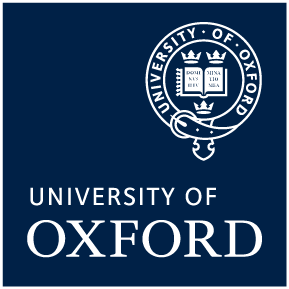Behavioural and group fMRI data from young healthy participants engaged in a bimanual coordination task with concurrent dual-site beta M1 tACS
The dataset includes the raw behavioural data, unthresholded group fMRI maps, analysis scripts for the behavioural and fMRI data as well as the data and scripts needed to create the figures of the following manuscript: Dual-site beta transcranial alternating current stimulation during a bimanual coordination task modulates functional connectivity between motor areas (https://www.biorxiv.org/content/10.1101/2025.04.04.647211v1).
In this study a group of 17 young healthy participants performed a bimanual coordination task in a concurrent tACS-fMRI design. While performing a slow and fast version of the task with force grip sensors in sync with metronome sounds, participants received one of three types of beta (20 Hz) dual-site tACS over both M1s at 4mA (peak-to-peak): in-phase (IP), jittered-phase (JP) or sham (SH), in a within-subject, repeated measures design. Each of the three task runs consisted of 16 blocks (8 fast and 8 slow) interleaved with rest blocks to allow for an fMRI block design. We measured forces applied to the force grip sensors throughout all task runs, during task and rest blocks. Further details can be found in the manuscript.
Formats
- Raw behavioural data in .txt and .mat
- Processed behavioural data and data for figures in .csv
- Unthresholded group MR maps in .nii.gz
- R scripts in .R
- Matlab scripts in .m
- MR analyses in .sh, .fsf and .txt files, description in .pdf
- Overview file for data in .xlsx
Behavioural analyses and figures were computed on a Mac Book Pro (OS Sequoia), with Matlab 2022a, and RStudio 2024.12.0 with R version 4.3.1. MR analyses were done in FSL 6.0 on the FMRIB computing cluster.
We welcome researchers wishing to reuse our data to contact the creators of datasets. If you are unfamiliar with analysing the type of data we are sharing, have questions about the acquisition methodology, need additional help understanding a file format, or are interested in collaborating with us, please get in touch via email. Our current members have email addresses on our main site. The corresponding author of an associated publication, or the first or last creator of the dataset are likely to be able to assist, but in case of uncertainty on who to contact, email Ben Micklem, Research Support Manager at the MRC BNDU.

Creative Commons Attribution-ShareAlike 4.0 International (CC BY-SA 4.0)
This is a human-readable summary of (and not a substitute for) the licence.
You are free to:
Share — copy and redistribute the material in any medium or format
Adapt — remix, transform, and build upon the material for any purpose, even commercially.
This licence is acceptable for Free Cultural Works. The licensor cannot revoke these freedoms as long as you follow the license terms. Under the following terms:
Attribution — You must give appropriate credit, provide a link to the license, and indicate if changes were made. You may do so in any reasonable manner, but not in any way that suggests the licensor endorses you or your use.
ShareAlike — If you remix, transform, or build upon the material, you must distribute your contributions under the same licence as the original.
No additional restrictions — You may not apply legal terms or technological measures that legally restrict others from doing anything the licence permits.

